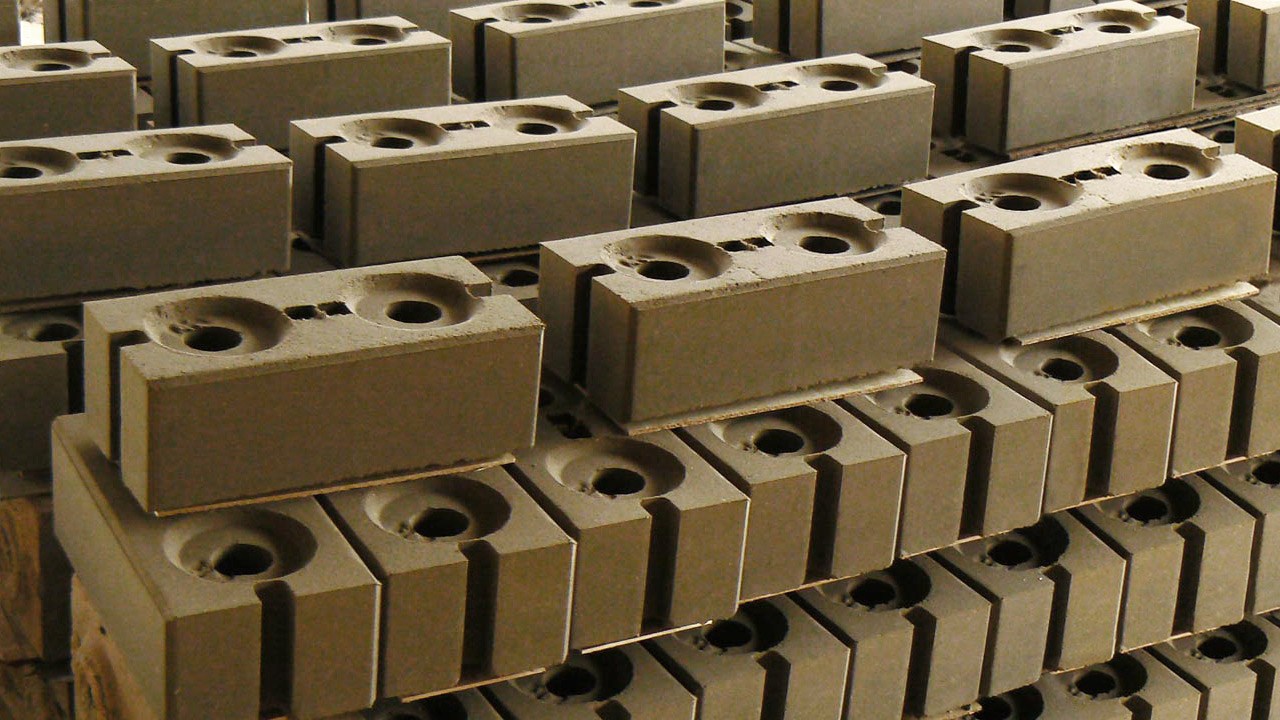Open for students and professionals of Civil, Structural and Earthquake Engineering. Send us an email to request the full assignment sheet via this link.
Past and current research:
2015 – 2016: Yuji Ichijo & Kensuke Miyata, Tohoku Gakuin University in Japan
2016 – 2017: Ryo Irimagawa & Hirotsugu Mori, Tohoku Gakuin University in Japan
Dry-stacked blocks and mortar-less systems have become fairly popular in the last two decades. They seem to have certain advantages; cost-effective, easy to handle and fast to build with. The blocks are usually made of concrete, earth or composites. Some are solid, others have ‘keys or holes’, and quite a few have interlocking features such as ‘slots or frogs’, showing a great resemblance to Lego-bricks.
In terms of their behavior during an earthquake, there seem to be two opinions. Some believe that dry-stacking is better, claiming that the movement of bricks will absorb and even out the seismic forces, and that un-mortared systems react similar to reinforced masonry walls. Others feel that the walls must act as a whole, or as shear panels, and therefore the bricks must be mortared or glued together.
The main question of this research is: Which system behaves better under seismic loading?
Stacking blocks in one thing, but the systems need to be analyzed as the sum of all parts. What dimensions do the blocks have and how are they connected at the critical junctions? Are the walls tied together and if so, what provisions are made? Is there any vertical reinforcement? How are the foundation, walls, and roof connected, etcetera.
With all that in mind, we have selected 3 different types of houses and one school design, to be analyzed and compared. These are:
- House designs with dry-stacked cement stabilized compressed earth blocks, as used in Aceh after the 2004 Tsunami, on the west coast of the Indonesian Island of Sumatra.
- House designs in India and Iran, with cement stabilized compressed earth blocks that are mortared, or glued together.
- A house design for the reconstruction effort in Haiti, with large concrete interlocking blocks that are dry-stacked.
- A design for a school building with much larger spans in Sumatra, with the same type of dry-stacked earth blocks as the first mentioned house.


